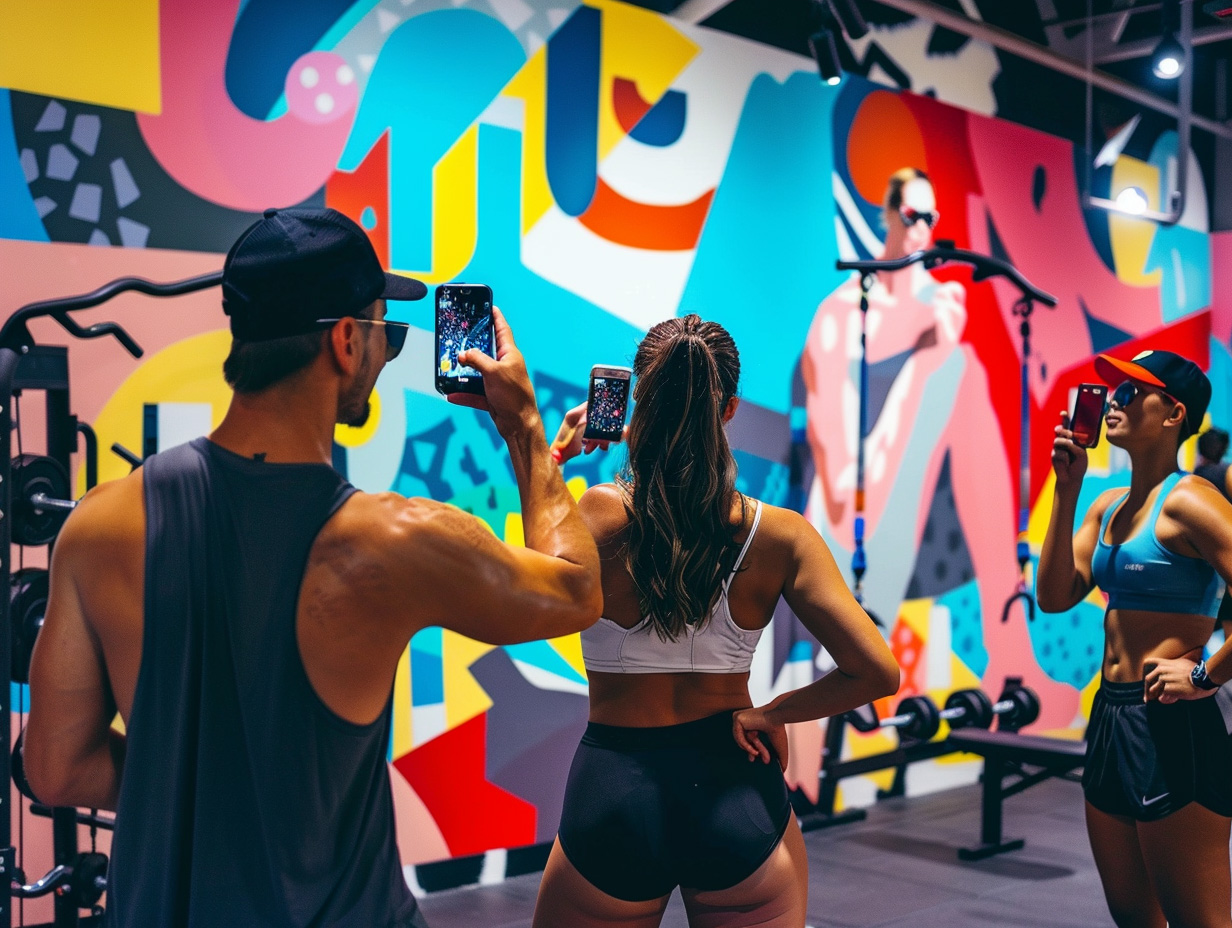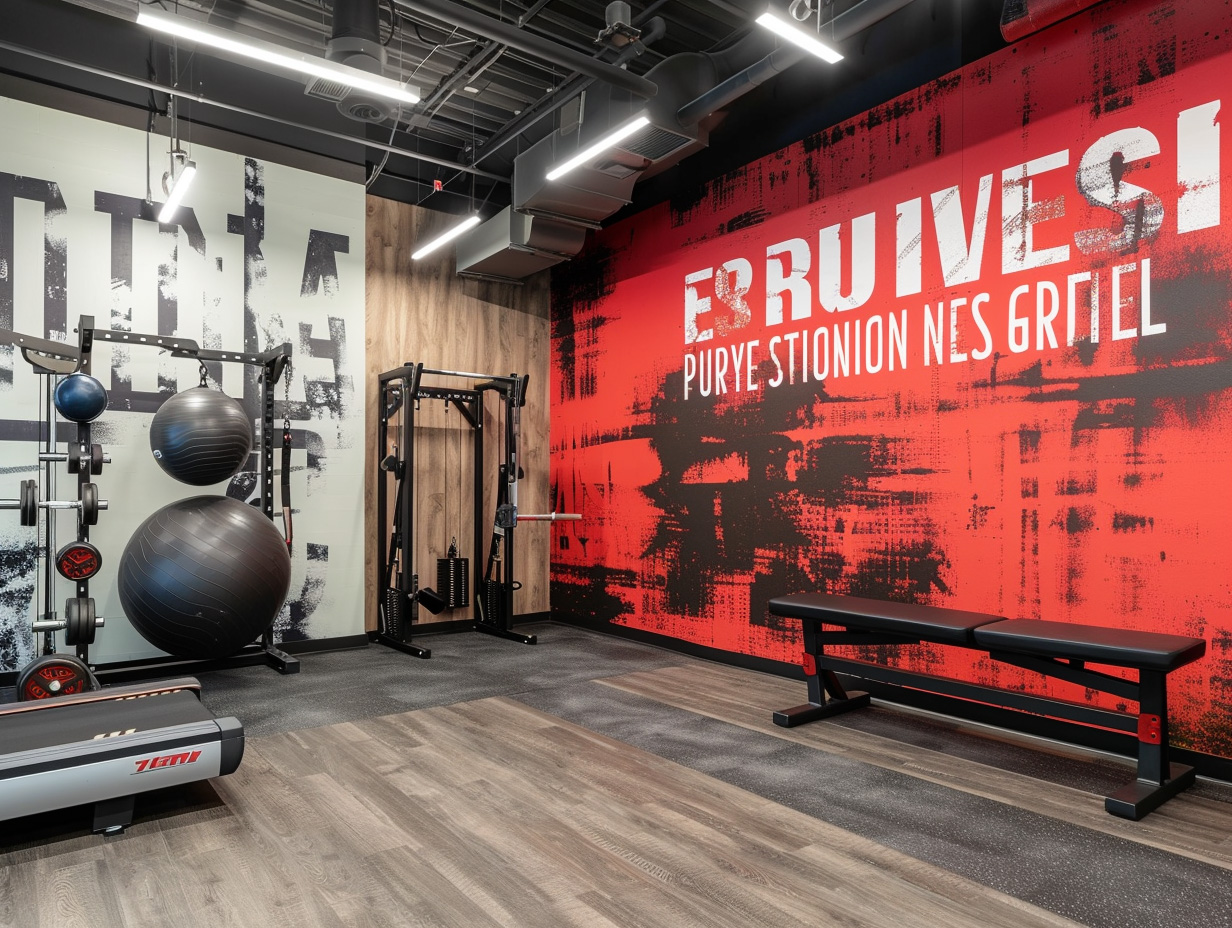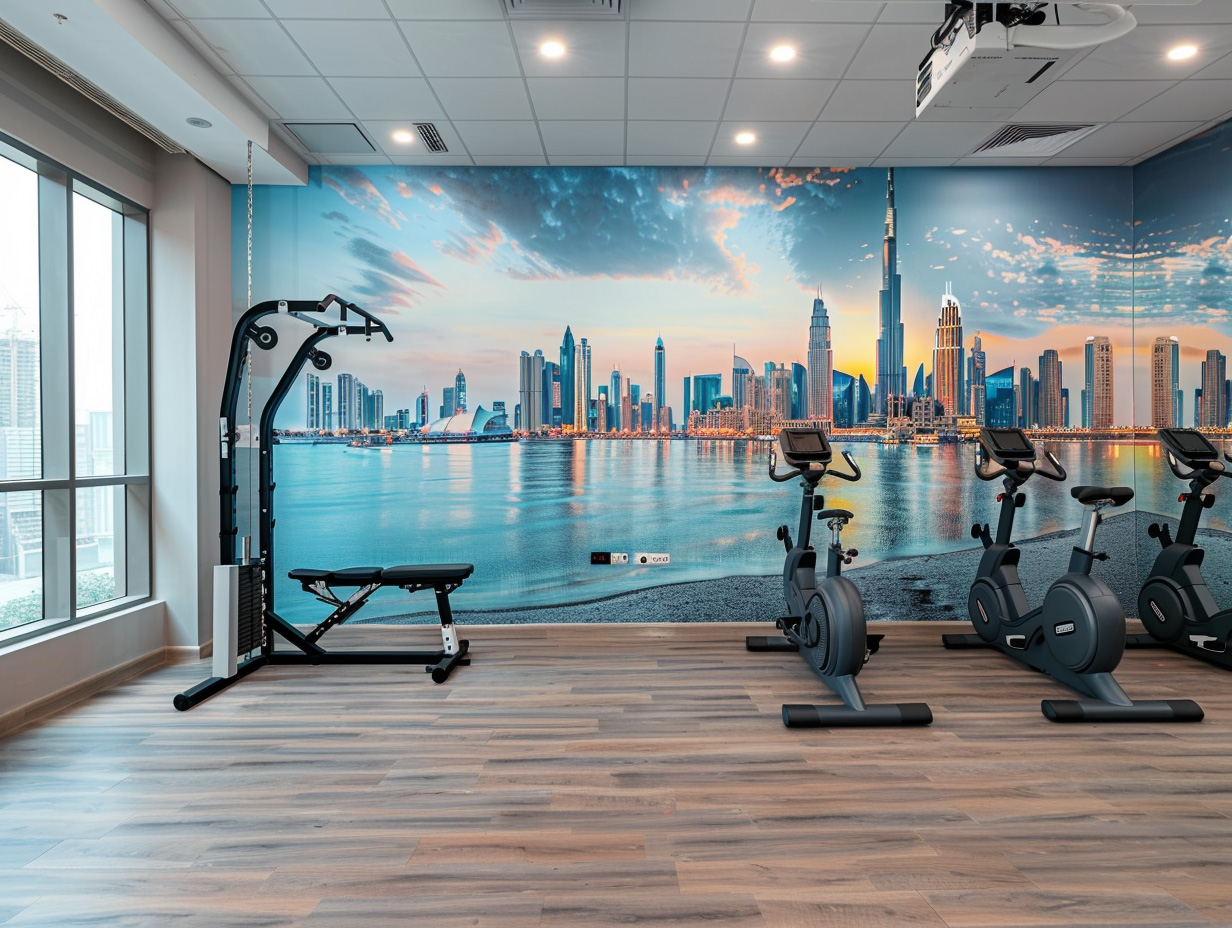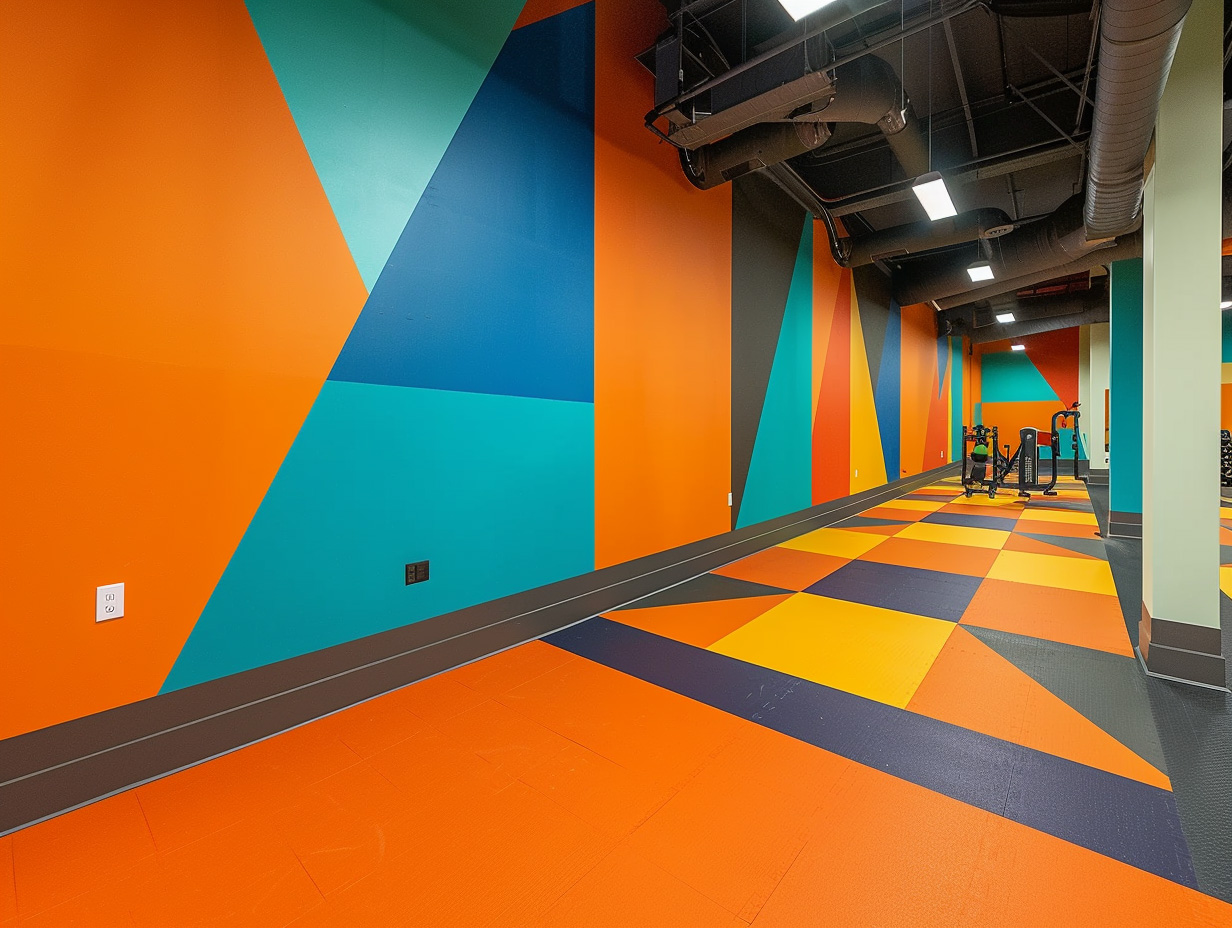If you’ve ever walked into a gym and felt an instant surge of energy, chances are you were unknowingly experiencing the power of color psychology in action. From vibrant reds that pump up adrenaline to calming blues that aid focus, the colors surrounding us play a significant role in influencing our mood, energy levels, and motivation. In the bustling fitness hubs of Dubai, where state-of-the-art gyms compete not just on equipment but also on ambiance, understanding how to harness the psychology of color becomes a game-changer in creating truly motivational spaces. Imagine stepping into a gym where every hue on the walls, from fiery oranges to soothing greens, is strategically chosen to elevate your workout experience. The impact of these carefully selected wall colors and overall energetic environment goes beyond mere aesthetics; they have the power to invigorate your senses and push you towards peak performance. Join us as we delve into the fascinating realm where science meets design, exploring how the fusion of color psychology and gym design can transform fitness centers into veritable energy-boosting sanctuaries.
 The Basics of Color Psychology
The Basics of Color Psychology
Before we dive into the impact of color psychology in gym design, let’s first understand the basics. Color psychology is the study of how different colors affect human behavior and emotions. It explores how certain colors can evoke specific feelings and reactions in individuals.
When it comes to gym design, color psychology plays a crucial role in creating an environment that promotes energy, motivation, and focus. By strategically incorporating different colors into the gym space, designers can enhance the overall workout experience for gym-goers.
Impact of Warm Colors on Energy Levels
Warm colors such as red, orange, and yellow are known for their ability to stimulate energy levels. These vibrant hues are often associated with passion, excitement, and enthusiasm. When used in a gym setting, warm colors can help create an energetic atmosphere that motivates individuals to push their limits.
In Dubai fitness centers, where high-intensity workouts are popular, incorporating warm colors into the gym design can be particularly effective. The use of fiery reds or energetic oranges on feature walls or equipment can instantly boost adrenaline levels and create a sense of urgency.
Influence of Cool Colors on Focus and Relaxation
Cool colors such as blue and green have a calming effect on the mind and body. These hues are known to promote relaxation and focus. In a gym setting where concentration is key during workouts or yoga sessions, incorporating cool colors can be highly beneficial.
By using shades of blue or green on walls or in designated relaxation areas within the gym space, designers can create a serene environment that aids concentration and encourages mental clarity. This allows individuals to fully immerse themselves in their workout routines without distractions.
Symbolism of Different Colors in Gym Design
In addition to their psychological impact, different colors also carry symbolic meanings that can be incorporated into gym design. For example, red is often associated with strength and power, making it an ideal choice for weightlifting areas. On the other hand, green symbolizes growth and renewal, making it suitable for spaces dedicated to stretching or yoga.
Understanding the symbolism behind colors allows designers to create spaces that align with the specific goals and activities of different areas within the gym. This thoughtful approach not only enhances the overall aesthetic appeal but also adds depth and meaning to the gym environment.
Creating a Dynamic Workout Environment with Complementary Colors
While individual colors have their own psychological effects, combining complementary colors can create a dynamic and visually stimulating workout environment. Complementary colors are those that are opposite each other on the color wheel, such as blue and orange or green and red.
By strategically using complementary colors in different areas of the gym, designers can create a sense of balance and harmony while still maintaining an energetic atmosphere. For example, pairing blue walls with orange accents in a cardio area can create a visually appealing space that promotes both focus and energy.
In conclusion, color psychology plays a significant role in gym design by influencing energy levels, focus, and motivation. By understanding how different colors affect human behavior and emotions, designers can create environments that enhance workout experiences in Dubai fitness centers. Whether it’s through warm colors that boost adrenaline or cool colors that aid relaxation, harnessing the power of color psychology transforms gyms into motivational spaces where individuals can achieve their fitness goals.
Related Posts
4 novembre 2023
The Impact of Graffiti Art in Dubai’s Business Environment
Discover how graffiti art is…
17 mai 2023
Elevating food courts: the impact of art murals in Dubai
In Dubai's competitive food court…
16 mai 2023
Unleash the Power of Art: Transforming Dubai Gyms into Inspirational Spaces
In the competitive fitness landscape of…





